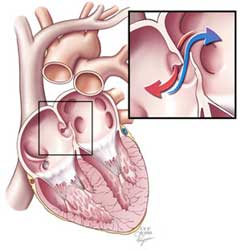Nerve stimulation, nasal surgery/septum repair, cutting muscles in the forehead and PFO closure are the surgeries commonly mentioned as headache treatments. A lot of press coverage doesn’t necessarily equal efficacy. They are all still in early phases of clinical trials. Recent opinions I’ve come across aren’t encouraging.
I’ve had two of the four — an occipital nerve stimulator and nasal surgery — and don’t intend to try a surgical treatment again. Neither surgery was effective for me and I sometimes wonder if the nerve stimulator made my migraines worse.
Surgery is so commonplace that it is normal to consider it as a remedy for so many illnesses. No matter that general anesthesia is always risky and there’s a potential for complications — including that it may worsen the condition. Not to mention that its expensive and invasive and may not even work.
I’m not saying that because my surgeries were unsuccessful yours will be too. I do caution you to take it slowly. Research the procedure as much as you possibly can. Ask your doctor every question that you have, no matter how silly or small it may seem. This is your body. The doctor may have the expertise, but you are the only one who really knows yourself.
If you have the slightest inkling of discomfort with your doctor, find someone else. If he or she tells you in your first appointment that surgery is just the thing for you, find someone else.
Although surgery may feel like your last hope, it rarely is. Few people have truly tried everything. If multiple doctors say you’ve tried everything, it’s time to get on the internet and learn what else is out there. Online forums are a great place to start. (I’m partial to The Daily Headache’s online support group and forum, but there are lots of good ones.) Maybe you’ll discover that you have tried everything; maybe you’ll find a not-so-well-known treatment works for you.

